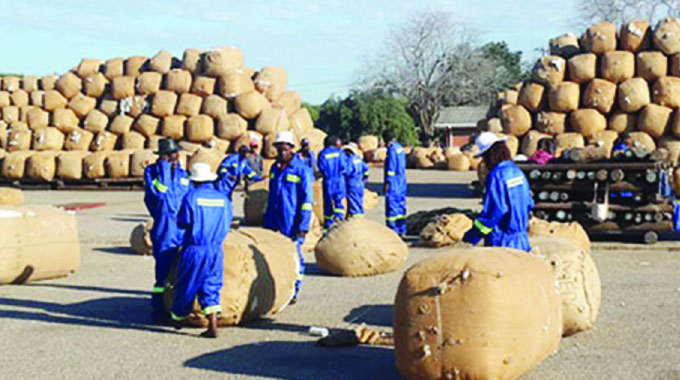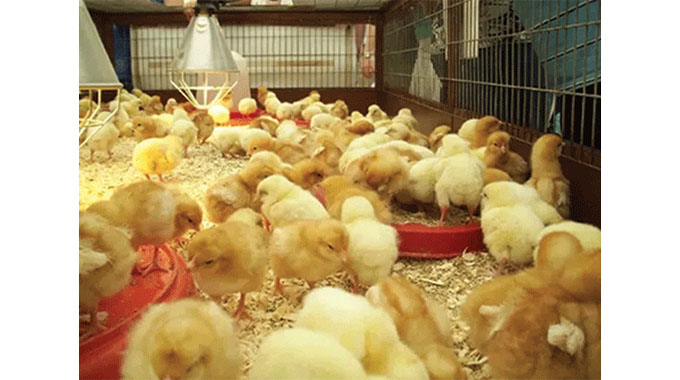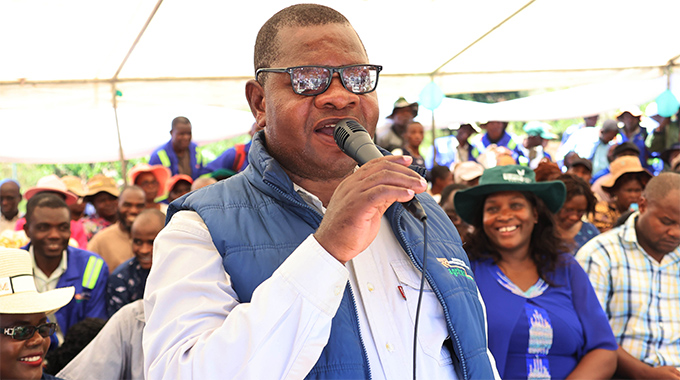AMA acts on poor cotton grading

Edgar Vhera
Agriculture Specialist Writer
BOTHERED by the continued decline in cotton grading standards in recent years, the Agricultural Marketing Authority (AMA) has moved to train farmers on the basics of grading in line with Government’s call for an improvement in the quality of the white gold.
AMA communications officer Mr Cliff Chiduku yesterday told this publication that they had introduced a three-year cotton grading training exercise in 2017 with the first batch of three trainees graduating with certificates in 2020.
“There were, however, no graduation celebrations due to the Covid-19 induced gathering restrictions. The second batch was enrolled in 2020 with six trainees graduating last week with certificates,” said Mr Chiduku.
Mr Chiduku observed that the liberalisation of the cotton industry in Zimbabwe had seen an influx of players coming on board with some paying no attention to quality issues resulting in the deterioration of the quality of the country’s seed cotton.
As part of the process to right the anomaly, AMA initiated the Cotton Trainee Graders in-house programme in 2017 in order to supply competent cotton graders to the industry. AMA trains and examines the students with Cottco providing grading facilities for use in practical sessions.
The main objectives of this training programme are to increase the number of graders that has dwindled over the years while aligning the graders to the current grading standards and lint classification too.
AMA established demonstration plots in some cotton growing areas in Sanyati, Chiredzi and Mt Darwin among others where farmers are educated on the importance of quality in seed cotton production for better prices and increased incomes.
“We enrolled young farmers in these cotton growing areas and took them through the process with special attention paid to cotton processes from the farmer and to the spinner. AMA established the Cotton Quality Assurance and Supply Chain Management course that covers cotton grading and lint classification training. It is a customised set of interventions and the application of best management practices from the level of the farmer, through ginning until the cotton is ready for the market,” Mr Chiduku explained.
AMA now wants to partner accredited educational institutions so that the graduates’ qualifications get official recognition.
The AMA 2022 end of year report revealed that the seed cotton grading was deteriorating over the years with most of the crop being in the D grade while the A and B grades were diminishing. 
2022 seed cotton grades: AMA
The Government introduced a grade-based differential seed cotton pricing system for the 2023 cotton marketing season to increase production of quality cotton following an outcry from clothing and textile industry stakeholders on the poor quality of the crop produced by local farmers at last year’s World Cotton Day.
Grade A seed cotton was bought at US$0, 46 per kilogramme while grade B paid US$0, 43. Grade C was priced at US$0, 41 while grade D fetched US$0, 40.
Grading of this year’s seed cotton has not yet been completed to see whether there has been any improvement in the quality of the crop. At the start of the marketing season all merchants were mandated to display all grades within seven days of grading.









Comments